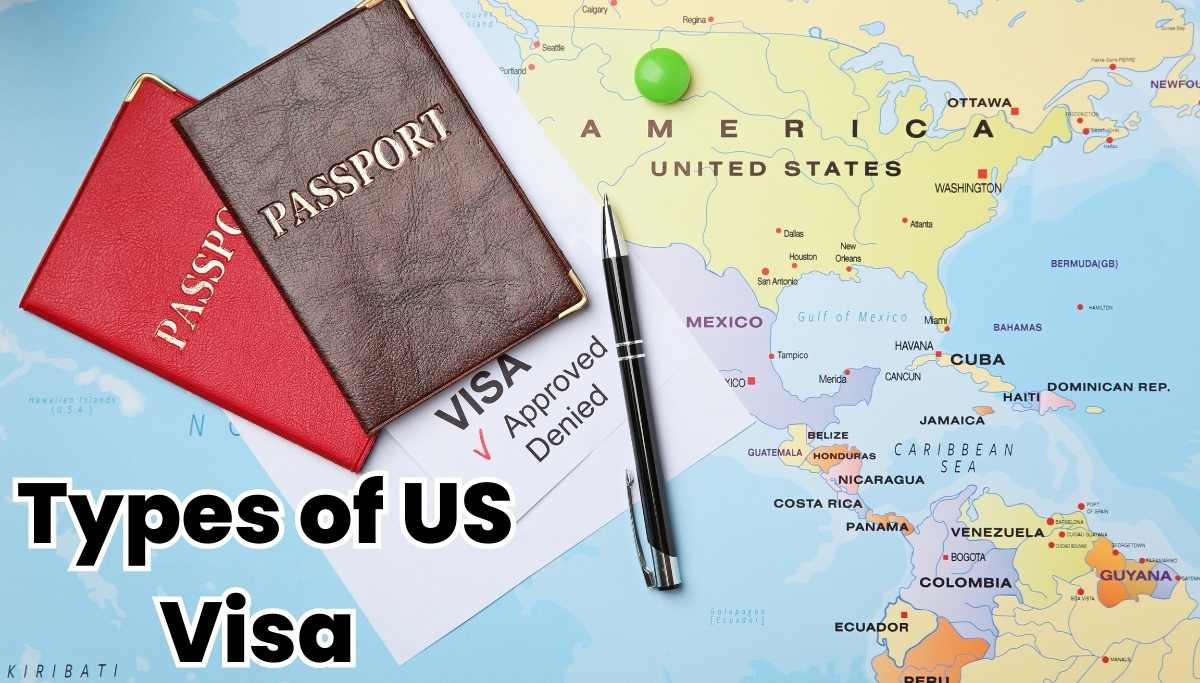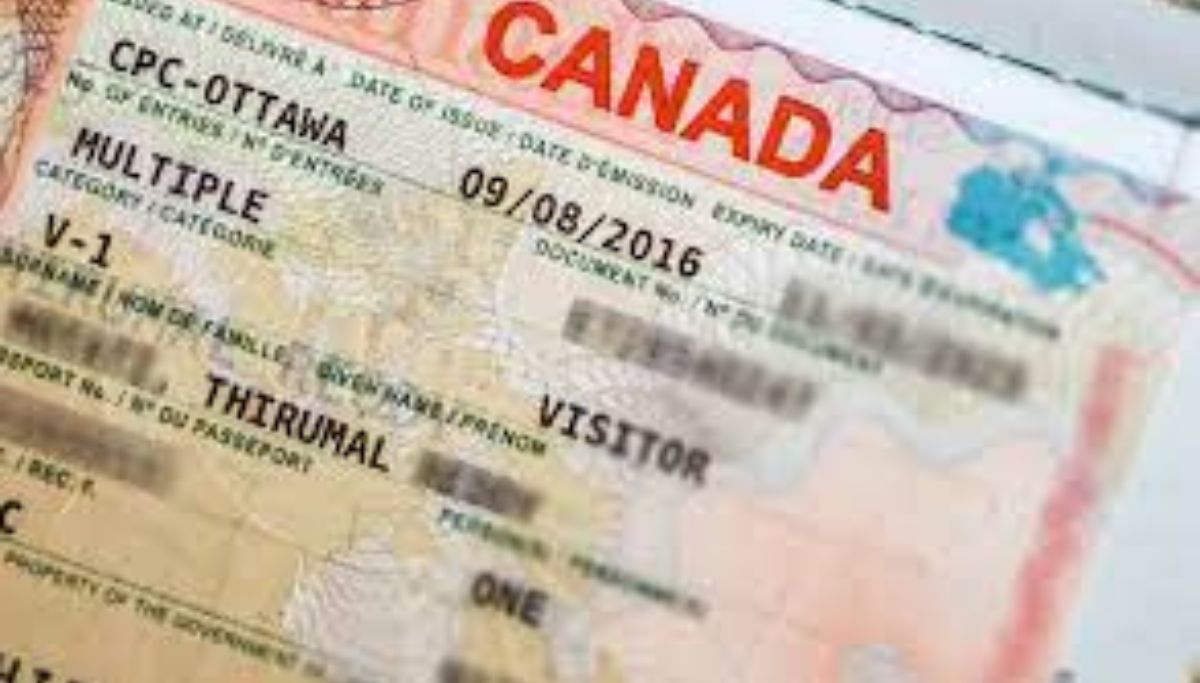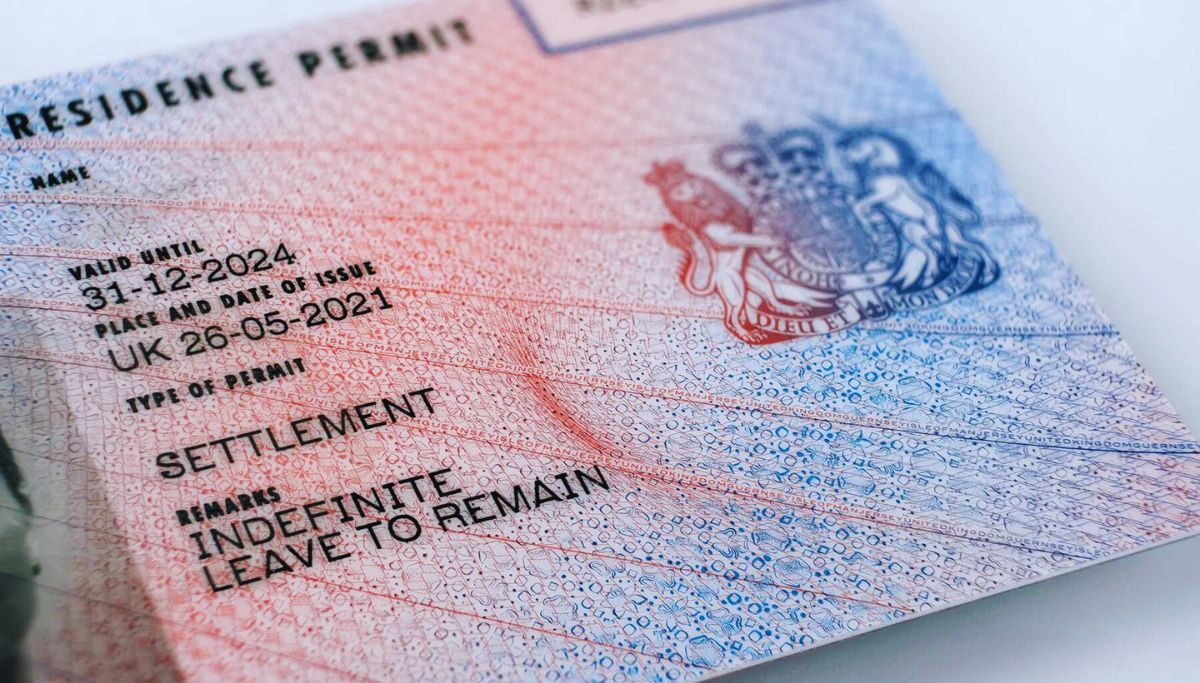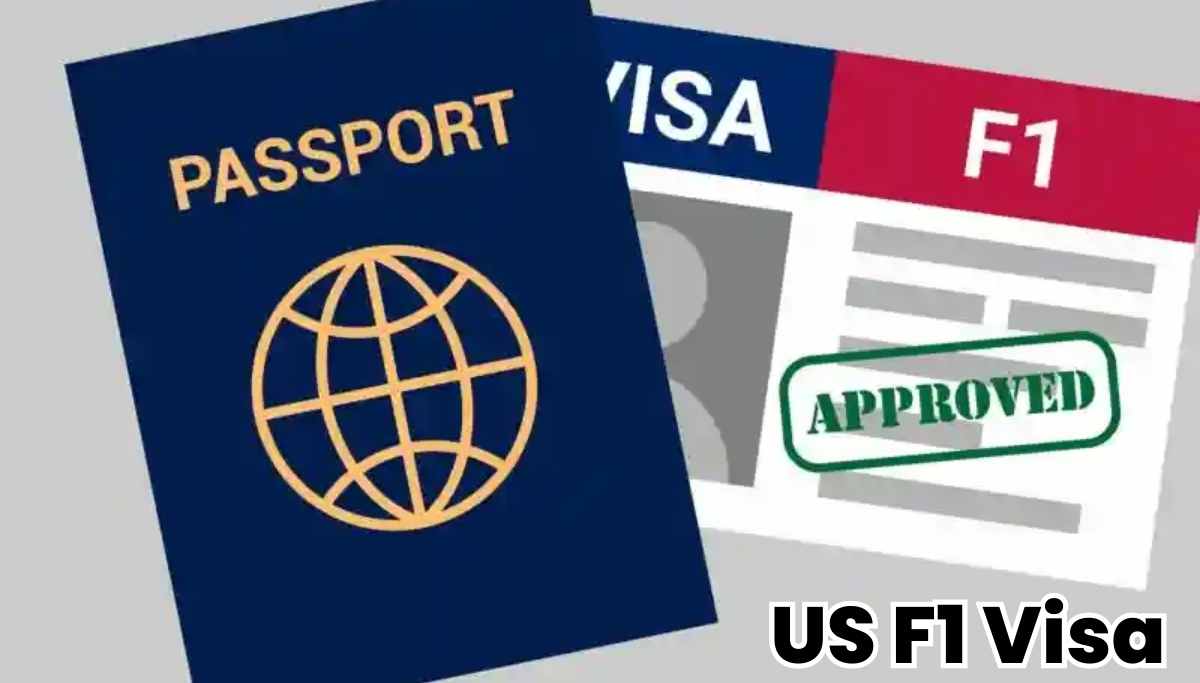Table of Contents
The United States is a land of endless possibilities. But you need the correct visa to unlock these opportunities.
Whether you aim to work or simply explore, understanding the different types of US visas is crucial to making your plans a reality. From highly skilled professionals to cultural exchange participants, each visa category has its own set of rules and benefits.
With so many options available, it can be challenging to know where to start. This guide will walk you through the most common US visa types, helping you find the perfect one for your journey.
Different Types of US Visas for Students
Many international students aspire to study in the United States, given its reputation as home to prestigious higher education institutions. Fortunately, several types of US student visas are available for this purpose.
Here’s a concise overview of the three primary categories of non-immigrant student visas:
1. F-Visa
The F-Visa category is for international students pursuing degree programmes at recognised US universities or intensive English language courses.
Types of F-Visas:
1. F1-Visa: For full-time academic students at various levels from elementary school to graduate school.
2. F2-Visa: For dependents of F1 visa holders (spouses and children).
3. F3-Visa: Reserved for students commuting from Mexico or Canada to attend schools in the United States.
Requirements for F1-Visa:
- Acceptance into a SEVP-recognised institution.
- Full-time student status.
- Demonstrated intent to return home after completing the educational programme.
- Sufficient funds to cover tuition and living expenses.
- Proficiency in English (e.g., IELTS/TOEFL).
Documents Required for F1-Visa Application:
- Valid Passport
- Two Photographs
- Proof of Visa Application Fee Payment
- Form I-20
- Academic Credentials
- Standardised Exam Results
- Health Insurance Proof
Application Process:
1. Obtain admission documents from the SEVP organisation.
2. Complete the DS-160 form online.
3. Pay the application fee.
4. Pay the SEVIS I-901 fee.
5. Schedule an F1 visa interview.
6. Submit the necessary documents for the visa application.
7. Attend the visa interview.
2. M-Visa
M-Visas cater to foreign students interested in non-academic or vocational training programmes in the United States.
Types of M-Visas:
1. M1-Visa: For vocational training programmes.
2. M2-Visa: For dependents of M1 visa holders.
3. M3-Visa: Reserved for students commuting from Mexico or Canada for vocational training.
Requirements for M1-Visa:
- Admission to a SEVP-recognised school.
- Intent to return home after programme completion.
- Sufficient funds for tuition and living expenses.
- Proficiency in English (e.g., IELTS/TOEFL).
Documents Required for M1-Visa Application:
- Valid Passport
- Two Photographs
- Proof of Visa Application Fee Payment
- Form I-20
- Academic Credentials
- Proof of Financial Stability
Application Process for M1-Visa:
1. Obtain the I-20 form.
2. Complete the DS-160 form online.
3. Pay the application fee.
4. Pay the SEVIS I-901 fee.
5. Schedule an M1 visa interview.
6. Submit the necessary documents for the visa application.
7. Attend the visa interview.
3. J-Visa
J-Visas are designed for foreign students participating in US programmes promoting cultural exchange.
Types of J-Visas:
1. J1-Visa: For exchange students.
2. J2-Visa: For dependents of J1 visa holders.
Requirements for J1-Visa:
Requirements vary depending on the specific J1 student visa category, including Au Pair, Camp Counselor, Government Visitor, Intern, International Visitor, Physician, Professor, Research Scholar, Short-term Scholar, Specialist, Student at school/university level, Summer Work Traveler, and Teacher Trainee. Each category has its unique criteria.
Documents Required for J1-Visa Application:
- Valid Visa
- Photograph
- Non-immigrant Visa Application Form
- Visa Fee Payment Receipt
- Form DS-2019
- Form DS-7002 (for some categories)
- J1 Visa Health Insurance
Application Process for J1-Visa:
1. Complete the relevant application form.
2. Schedule an interview with the US embassy or consulate.
3. Pay the application fee.
4. Submit the necessary documents for the J1 visa application.
5. Attend the visa interview.
4. Dependent Visas
In addition to F-1, M-1, and J-1 visas, family members of visa holders receive related derivative visas—F-2, M-2, and J-2 visas.
These dependents may pursue education or employment opportunities in the United States, subject to specific conditions and authorization from the US Citizenship and Immigration Services (USCIS).
Different Types of Work Visas in the US
The United States offers various work visas for individuals wishing to live and work in the country, with different categories tailored to specific employment types and qualifications.
These visas allow foreign nationals to contribute their skills to the US economy, including H, L, O, P, Q, and B visas. Each visa has distinct eligibility criteria, requirements, and application processes.
Below is an overview of the most common work visa categories and their types.
H-Visa
The H-Visa category is primarily for foreign nationals coming to the US to perform temporary or seasonal work.
This visa is divided into several types, each catering to different fields of work, such as speciality occupations, agricultural jobs, and trainee programmes.
Types of H-Visas:
1. H-1B for Specialty Occupation: To be eligible for an H-1B visa, you must hold a Bachelor’s degree or higher in the specific field of speciality. The United States Citizenship and Immigration Services (USCIS) will assess whether your job qualifies for this category and whether you are suitably qualified to perform the required tasks. Employers must file a labour condition application (LCA) with the US Department of Labour, outlining the employment terms.
2. H-2A for Seasonal Agricultural Workers: The H-2A visa allows US employers to hire foreign nationals for temporary agricultural work with a shortage of US workers. Employers must submit Form I-129 on behalf of the foreign worker. However, Indian nationals are not eligible for this visa.
3. H-2B for Skilled and Unskilled Workers: This visa is granted to individuals seeking temporary or seasonal employment in non-agricultural industries with a shortage of US workers. Indian nationals are not eligible for the H-2B visa.
4. H-3 for Trainees: The H-3 visa allows individuals to come to the US for training in a specific field for up to two years. While trainees can be paid, the purpose of the visa is to gain experience, not to replace employment.
5. H-4 for Dependents: The H-4 visa is available to spouses and unmarried children under 21 who are H-1B, H-2A, H-2B, and H-3 visa holders. While they can accompany the primary visa holder, they are not permitted to work unless they apply for and receive separate work authorisation.
Requirements for H Visas:
- Proof of educational qualifications (e.g., degree certificates)
- Offer letter from a US employer
- Employer’s labour condition application (LCA) for H-1B visa holders
- Form I-129 filed by the employer
- Proof of family relationships for H-4 visa applicants
Documents Required for H Visas:
- Valid passport
- Completed visa application form
- Proof of job offer in the US
- Educational certificates and transcripts
- Employer’s Form I-129 (for relevant visa types)
Application Process for H-Visas:
- Employer submits Form I-129 to USCIS
- USCIS processes the petition and sends an approval notice
- The applicant applies for an H-Visa at the US embassy or consulate
- Attend visa interview and submit required documents
- Wait for approval and visa issuance
L-Visas
L-Visas are designed for intra-company transferees, allowing employees of international firms to work temporarily in the US The L category includes visas for managers, executives, and those with specialised knowledge.
Types of L-Visas:
1. L-1 for Intra-Company Transferees: If you work for a multinational company and are being transferred to a US office, affiliate, or subsidiary, the L-1 visa is required. To qualify, you must have worked for the company for at least one year in the past three years and occupy a managerial, executive, or specialised knowledge role.
2. L-2 for Dependents: Spouses and unmarried children under the age of 21 of L-1 visa holders can apply for an L-2 visa. L-2 visa holders can apply for work authorisation if the spouse seeks employment in the US, though children cannot work under this visa.
Requirements for L-Visas:
- Proof of employment with a multinational company
- Evidence of the job transfer to the US
- Employer’s support for the visa petition
- Proof of relationship for L-2 dependents
Documents for L-Visas:
- Valid passport
- Employer’s Form I-129 petition
- Evidence of employment history
- Proof of relationship for L-2 visa applicants
Application Process for L-Visas:
- Employer submits Form I-129 to USCIS
- USCIS processes the petition and issues an approval notice
- The applicant applies for the L-Visa at the US embassy or consulate
- Attend the interview and submit supporting documents
O-Visa
The O-Visa is for individuals who demonstrate extraordinary ability in their field, whether in science, education, business, athletics, or the arts.
Requirements for O-Visa:
- Evidence of extraordinary ability (e.g., awards, publications, or recognitions)
- Offer of employment from a US employer
- Demonstrable national or international acclaim in the field
Documents Required for O-Visa:
- Valid passport
- Proof of extraordinary ability (e.g., awards or media coverage)
- Employer’s job offer letter
Application Process for O-Visa:
- Employer files a petition with USCIS (Form I-129)
- USCIS processes the petition and issues an approval notice
- Applicant attends a visa interview with the required documents
P-Visa
The P-Visa is designed for athletes, entertainers, and artists, including essential support personnel who are coming to perform in the US
Requirements for P-Visa:
- Evidence of the individual’s status as an athlete, entertainer, or artist
- Offer of employment or performance contract in the US
Documents Required for P-Visa:
- Valid passport
- Performance contracts or letters from US sponsors
- Proof of international recognition in the field
Application Process for P-Visa:
- Employer or sponsor files Form I-129 with USCIS
- USCIS processes the petition and sends approval
- Applicant applies for a visa at the US embassy or consulate
Q-Visa
The Q-Visa is for individuals participating in cultural exchange programmes, intended for sharing their home country’s culture, history, and traditions in the US
Documents Required for Q-Visa:
- Petition filed by US sponsor
- Documentation of participation in the cultural exchange programme
Application Process for Q-Visa:
- Sponsor files a petition with USCIS
- USCIS approves the petition
- Applicant applies for a Q-Visa at the US embassy or consulate
Different Types of Tourist or Business Visas in the US
This tourist or business visa is available in two distinct categories, which are often combined and issued as a single visa.
You must prove to the consular officer that your stay in the United States is temporary and that you have sufficient funds to cover your expenses while there.
Additionally, you must provide evidence of your ties to your home country. Employment is not permitted under this visa.
Types of B Visas
- B-1 for Business Associates: This visa is for individuals travelling to the US for business-related activities such as attending meetings, conferences, or negotiating contracts.
- B-2 for Tourism and Medical Treatment: This visa is for individuals visiting the US for leisure, tourism, or to receive medical treatment.
Requirements for B Visas:
- Proof of the temporary nature of the visit
- Evidence of financial ability to support oneself
- Evidence of ties to the home country (e.g., family, employment)
Documents Required for B Visas:
- Valid passport
- Completed visa application form
- Proof of financial resources
- Documentation of ties to home country (e.g., employment or family)
Application Process for B Visas:
- Complete the visa application form
- Submit documents to the US consulate
- Attend an interview
- Wait for visa approval and issuance
Note: The specific requirements and processes may vary, so it’s essential to consult the official US embassy or consulate website for the most up-to-date information on visa applications.
Conclusion
Choosing the right US visa is key to ensuring a smooth entry and fulfilling your goals in America.
By understanding the different visa types and their requirements, you can make informed decisions and set yourself up for success, whether you’re working, studying, or visiting the US With careful preparation, your journey to the US can be a seamless and exciting experience.
FAQs
1. What is the difference between a B-1 and a B-2 visa?
The B-1 visa is for business-related activities, such as attending meetings or negotiating contracts, while the B-2 visa is for tourism, leisure, or medical treatment. In many cases, these visas are issued together as a combined B-1/B-2 visa.
2. How long does it take to get a US work visa?
Processing times for US work visas vary depending on the type of visa and the specific circumstances of the application. On average, it can take several weeks to months for approval, so it’s important to apply well in advance. You can speed up the US visa processing time by submitting the correct documents.
3. Can I apply for a US visa while in the UK?
Yes, if you are a UK resident or citizen, you can apply for a US visa through the US Embassy in London or other consulates across the UK. Be sure to follow the specific application process for your visa category.
4. Can I switch visa categories while in the US?
In some cases, it’s possible to change visa categories while in the US, but it depends on the type of visa you’re holding and the new category you’re applying for. You would need to apply with USCIS for a change of status, which can take time.
If you enjoyed this blog, “Different Types Of US Visas And Its Importance Explained! Then go ahead and check out some related study abroad blogs below!










0 Comments